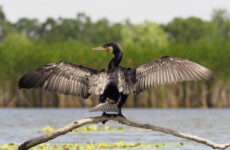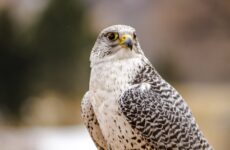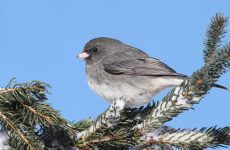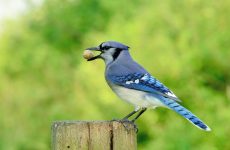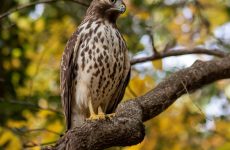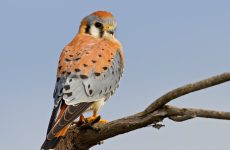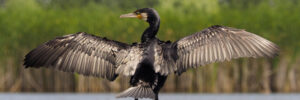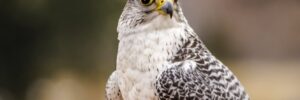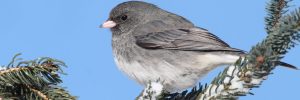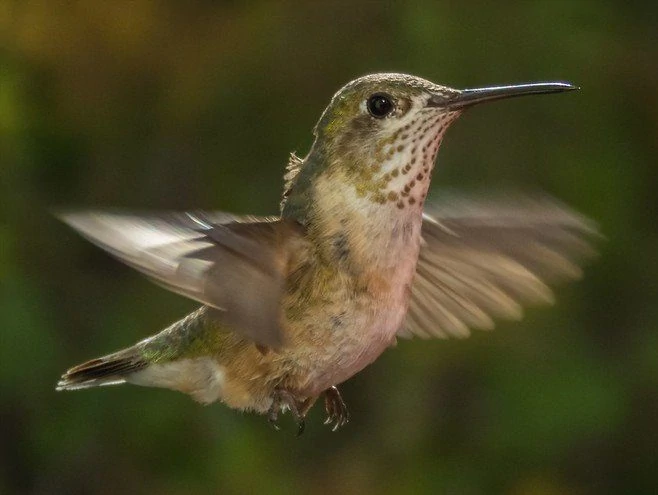
Tiny bursts of color and speed coupled with magnificent hovering skills make the hummingbird one of my favorite bird species with good reason.
Hummingbirds can travel over 4000 miles in a year, fly at 98 km/h, have a wingbeat of an average of 58 beats per second, and lay an egg the size of a jelly bean!
Hummingbirds are the only species of bird that can fly backward, and their closest relative are swifts!
Many Hummingbirds are migratory and spend the winter in Mexico or further south and the summer in the United States and Canada for breeding.
There are 4 species of hummingbirds in Maine that have been spotted. Of these, 1 species is recognized on state checklists as regularly occurring, 2 additional species are considered rare or accidental, and an additional one regarded as near-threatened.
This guide will help you identify the hummingbird species spotted in Maine according to avibase. The hummingbirds in this list are ordered how frequently they are spotted in the state, from most frequent to least frequent, according to bird watchers’ checklists for the state submitted to ebird.
In Maine, the hummingbirds which are considered as regularly occurring and also the most common during summer are Ruby-throated Hummingbirds.
4 Species of Hummingbirds in Maine
1. Ruby-throated Hummingbird
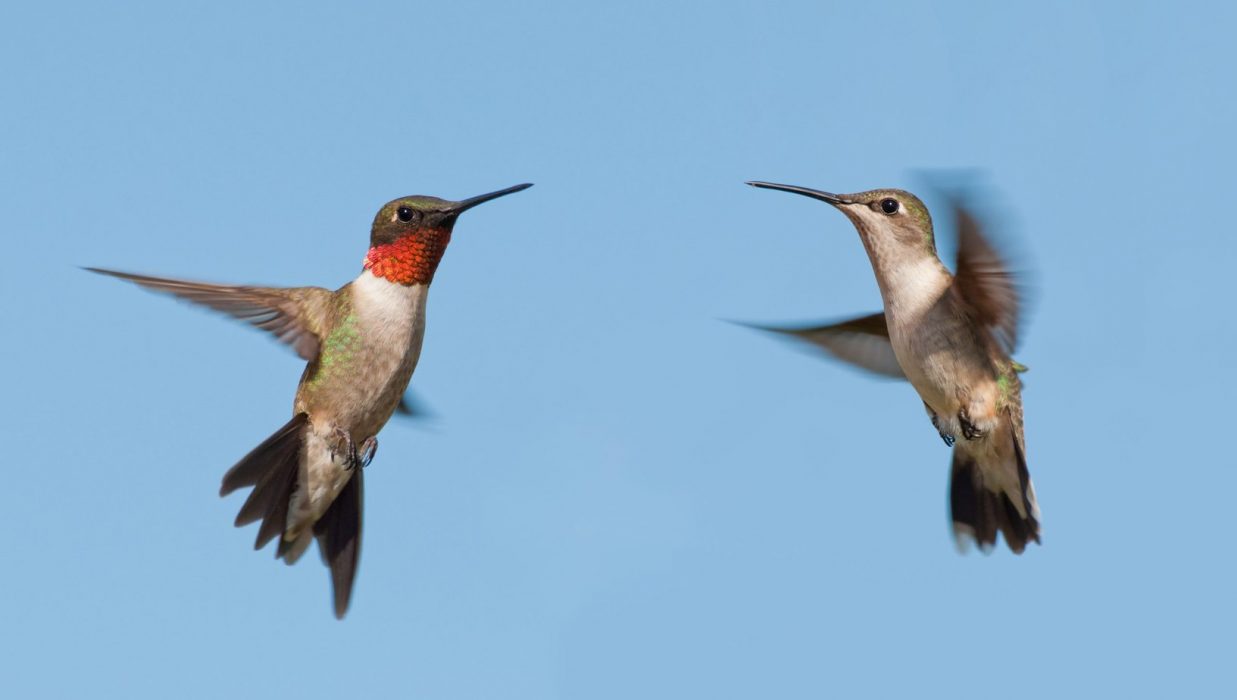
In summer, Ruby-throated Hummingbirds are the most frequently spotted hummingbirds in Maine and appear in 12% of checklists submitted by bird watchers for the state.
They spend the breeding season in the state and are most commonly seen from April to November, and then they migrate south for winter.
The Ruby-throated Hummingbirds are bright green on the back and crown, with a gray-white underside and the males have an iridescent red throat.
Female Ruby-throated Hummingbirds are green on the back and white underneath with brownish crowns and sides.
- Length: 2.8-3.5 in (7-9 cm)
- Weight: 0.1-0.2 oz (2-6 g)
- Wingspan: 3.1-4.3 in (8-11 cm)
The Ruby-throated Hummingbird is the only breeding hummingbird in eastern North America. They then migrate further south to Central America for winter. Some migrate over the Gulf of Mexico, or some migrate through Texas around the coast.
Ruby-throated hummingbirds start arriving in the United States in February and may not arrive in northern states and Canada until May for breeding. In spring, males usually arrive first up to one or two weeks before the females.
In the fall, Ruby-throated Hummingbirds migrate south in August and September and gather in September along the Gulf Coast of Texas before making the final push south for winter.
These tiny birds zip from one nectar source to the next or catch insects in midair or from spider webs. They occasionally stop on a small twig, but their legs are so short they cannot walk, only shuffle along a perch.
In summer, flowering gardens or woodland edges are the best places to find them. They are also common in towns, especially at nectar feeders.
Ruby-throated Hummingbird calls and wingbeat:
Male Ruby-throated Hummingbirds can be aggressive in their defense of flowers and feeders. Males do not stick around long after mating and may migrate by early August.
Ruby-throated females build nests on thin branches and make them out of thistle or dandelion down held together with spider silk. They lay 1-3 tiny eggs measuring only 0.6 in (1.3 cm)
2. Rufous Hummingbird
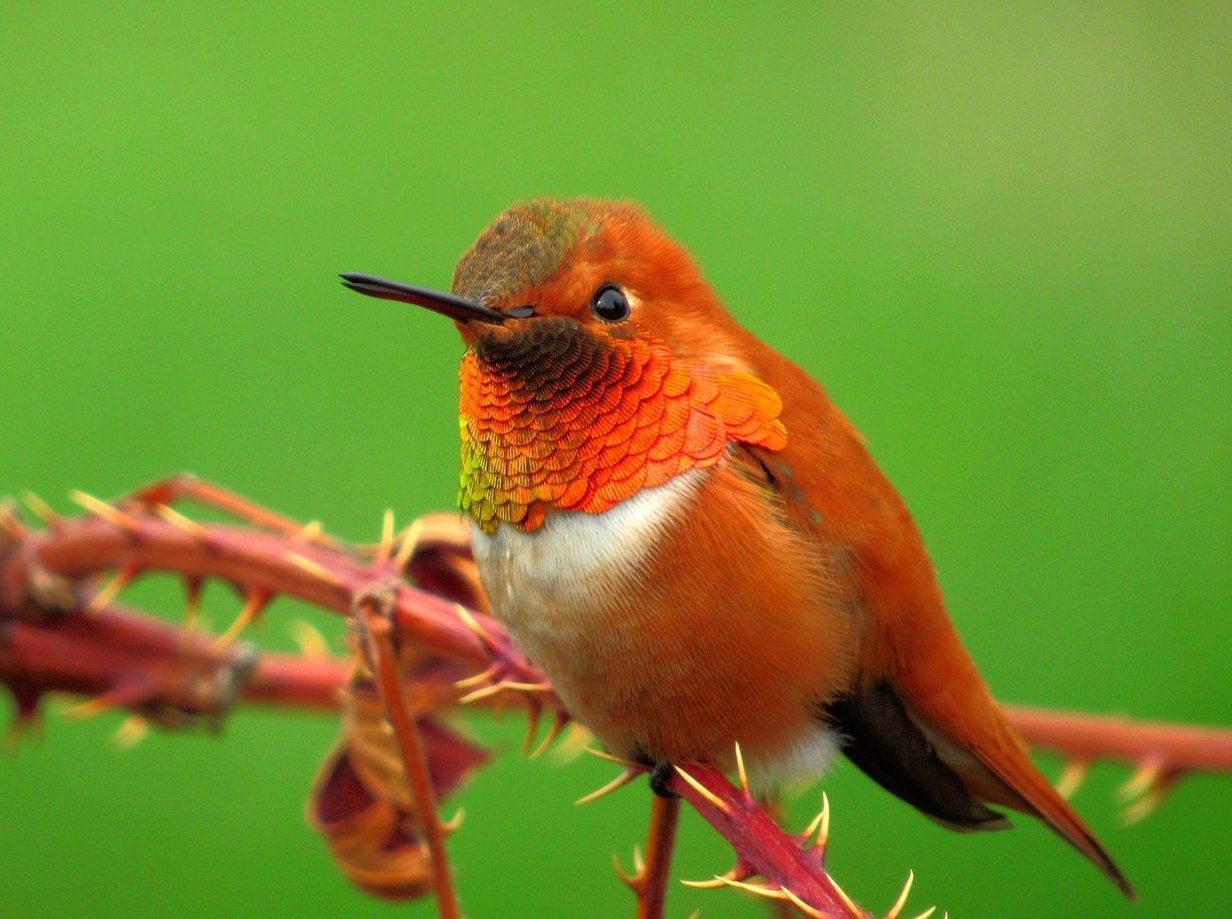
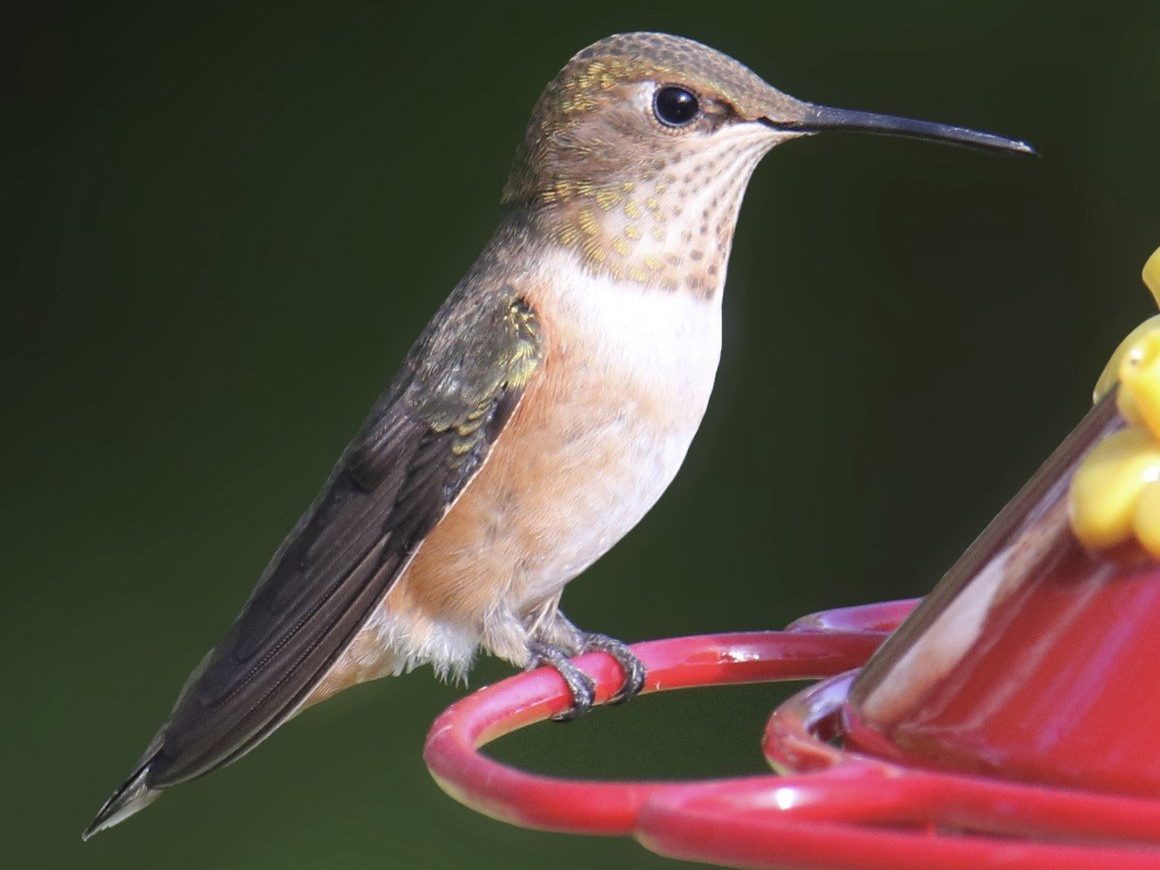
Rufous Hummingbirds are considered near-threatened species but have been spotted in Maine from October to December. They are very rare here, but they were spotted in Yarmouth in 2020.
Rufous Hummingbirds are bright orange on the back and belly, a white patch below the throat, and an iridescent red throat in the males. The females are greenish-brown on the back, and rusty colored on the sides with a whitish belly.
- Length: 2.8-3.5 in (7-9 cm)
- Weight: 0.1-0.2 oz (2-5 g)
- Wingspan: 4.3 in (11 cm)
Rufous Hummingbirds are one of the longest migrating birds relative to their size, traveling up to 4000 miles each way. In the summer, they breed in northwest Alaska and northwest Canada and migrate down to Mexico and the Gulf Coast for winter.
Migration of Rufous Hummingbirds is north along the Pacific Coast in spring and the Rocky Mountains in late summer and fall. Migration in the spring of Rufous Hummingbirds starts in February, and they usually reach Alaska by mid-April. Migration in the fall is in July and August and ends by October.
A study has shown that Rufous Hummingbirds start their migration earlier and travel north more inland than before.
Rufous Hummingbird numbers have declined by around 60% since the 1970s
Rufous Hummingbirds feed primarily on nectar from colorful tubular flowers and insects such as gnats, midges, and flies. They build a nest high up in trees using soft down from plants and spider webs to hold it together. They lay 2-3 tiny white eggs about 0.5 in (1.3 cm) long. Their habitat is mountain meadows and coniferous forests.
They are very aggressive and chase off any other hummingbirds that may appear, even larger hummingbirds or resident ones during migration. They won’t hang around long during migration but will still chase off most other hummingbirds given a chance.
3. Calliope Hummingbird
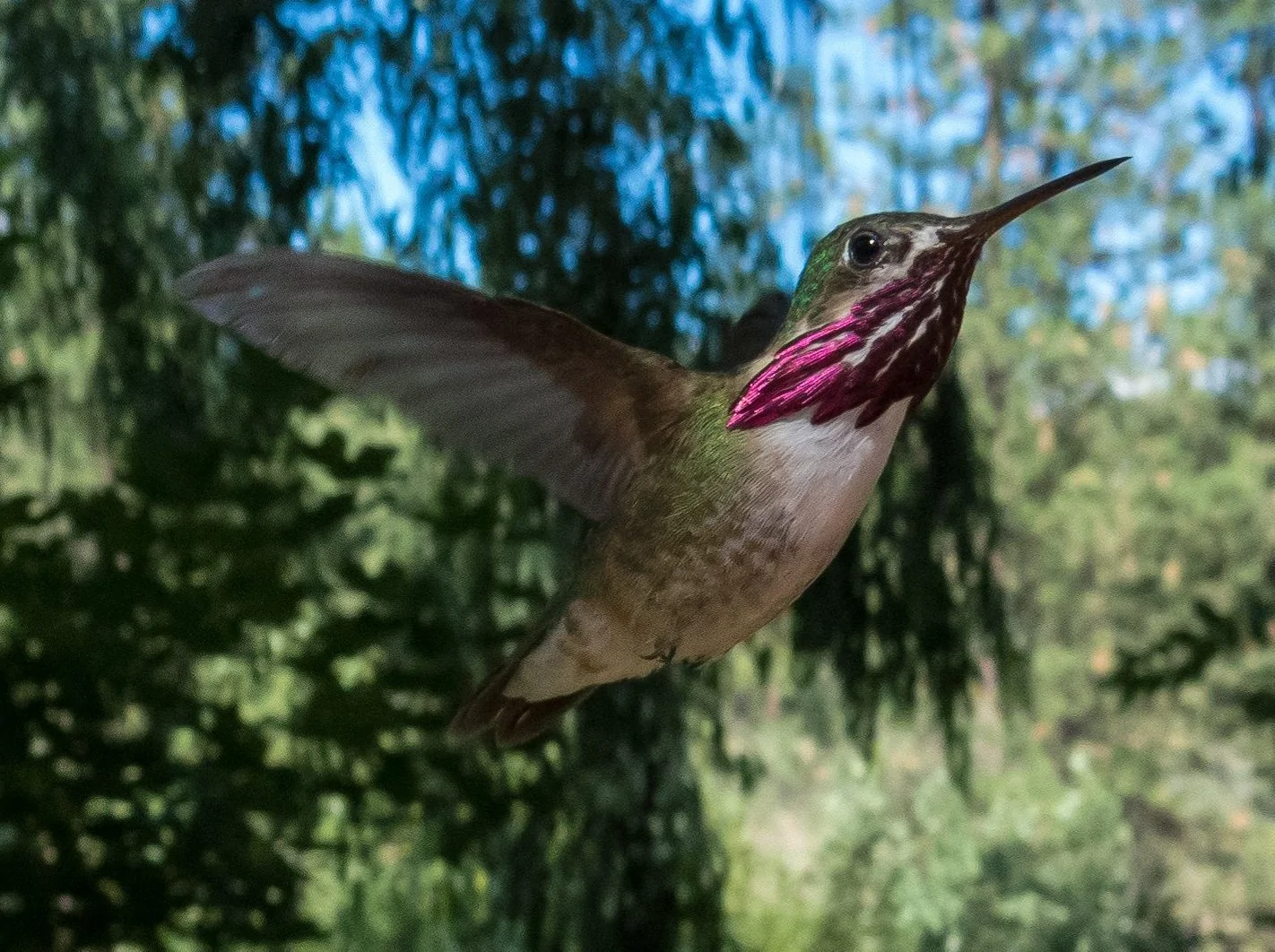

Calliope Hummingbirds are regarded as accidental species in Maine. They are extremely rare here, and they were last spotted in Blue Hill back in 2008.
The tiny ping ball-sized Calliope Hummingbird is the smallest bird in the United States but still manages to fly more than 5000 miles each year all the way from Mexico up as far as Canada and back.
They also punch above their weight when it comes to defending their territory and even chase Red-tailed Hawks.
Male Calliope Hummingbirds have bright magenta throats (known as the gorget), glossy green backs and flanks, and a dark tail. Females lack the iridescent throats and are more pinkish-white underneath rather than white in the males.
- Length: 3.1-3.5 in (8-9 cm)3
- Weight: 0.1-0.1 oz (2.3-3.4 g)
- Wingspan: 4.1-4.3 in (10.5-11 cm)
Calliope Hummingbirds’ spring migration is to the Rocky Mountains along the Pacific Coast to breeding areas in California, Colorado, and up to northwestern states, Alberta, British Columbia, and Vancouver Island. They start migration relatively early in February to arrive from Mid-April to early May as far north as Canada.
Fall migration is by the Rocky Mountains to wintering grounds in southwestern Mexico, but also more recently to the Gulf Coast in late August and September.
Nests are usually on evergreen trees, and they may reuse them or build on top of an old nest.
4. Mexican Violetear
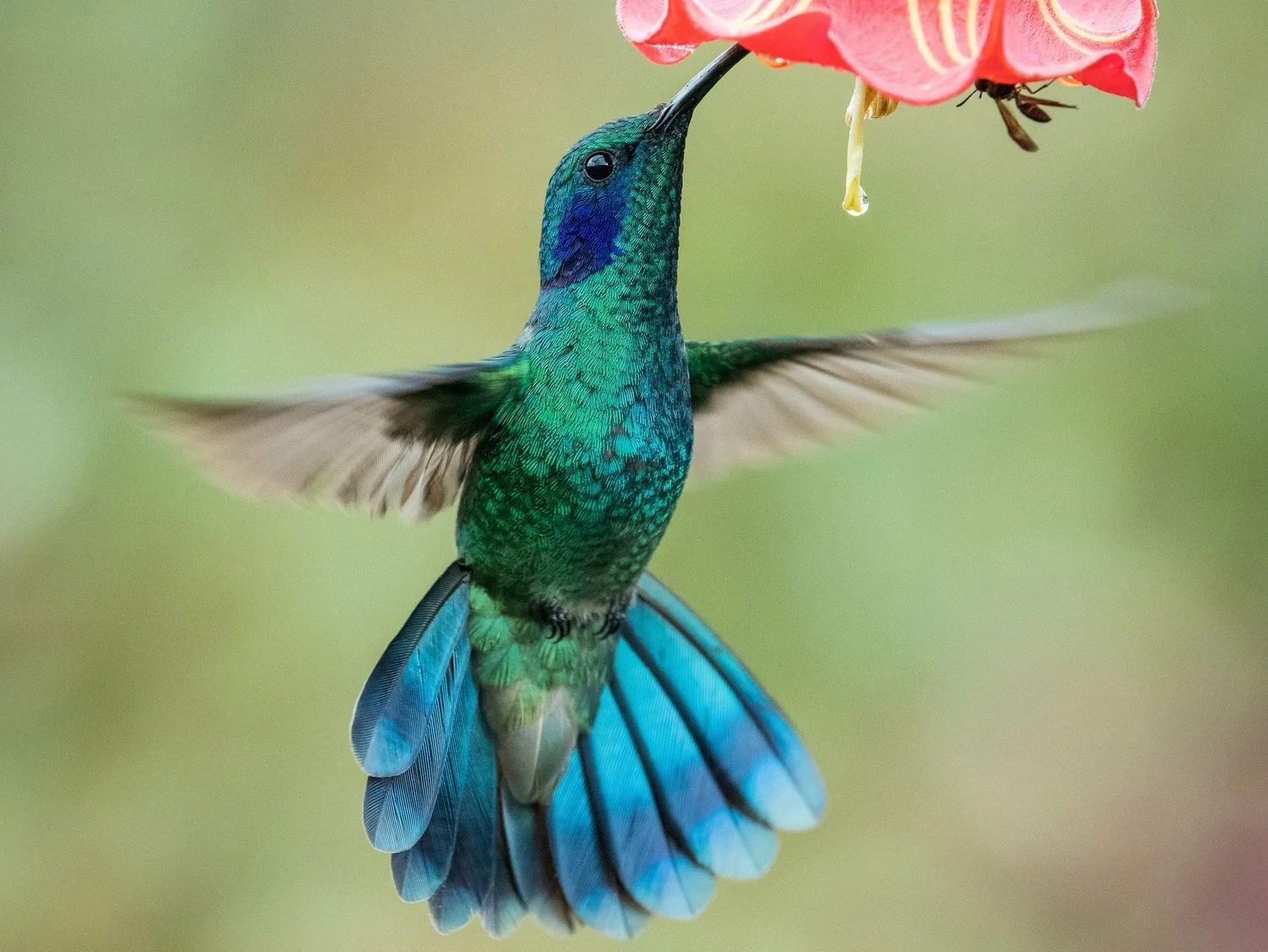
Mexican Violetears are accidental species in Maine. They are extremely rare here, and according to records, they were only spotted once in Hancock in 2007.
Mexican Violetears are medium-sized hummingbirds that are metallic green with violet patches on the sides of their heads and breasts.
- Length: 3.8 – 4.7 in (9.7 – 12 cm)
- Weight: 0.17 – 0.2 oz (4.8 – 5.6 g)
Mexican Violetears breed in forests in Mexico, Central America, and down to Nicaragua, but they sometimes can be found as far south as the mountains of Bolivia and Venezuela.
Also, some non-breeding Mexican Violetears may fly north into the United States to central and southern Texas.
How Frequently Hummingbirds are Spotted in Maine in Summer and Winter
Checklists for the state are a great resource to find out which birds are commonly spotted. These lists show which hummingbirds are most commonly recorded on checklists for Maine on ebird in summer and winter.
Hummingbirds in Maine in Summer:
Ruby-throated Hummingbird 12.0%
Rufous Hummingbird <0.1%
Hummingbirds in Maine in Winter:
Ruby-throated Hummingbird <0.1%
Rufous Hummingbird <0.1%
How to Attract the Hummingbirds of Maine to Your Backyard
If you would like to attract more hummingbirds to your yard, here are some tips:
- Provide more hummingbird feeders to fill with homemade nectar and spread them around your yard to create more territories.
- Ensure you clean and change the hummingbird nectar regularly to stop diseases spreading. You can either buy nectar or make your own, but don’t use any with red dye.
- Provide a water feature such as a birdbath fountain or stream. Ensure that the water is clean and not stagnant
- Grow native plants that will provide food such as salvias, fuschias, trumpet creeper, lupin, columbine, bee balms, and foxgloves
- Don’t use pesticides and herbicides as these may be toxic to birds.
- Provide small perches of thin branches, bare of leaves, for hummingbirds to rest.

